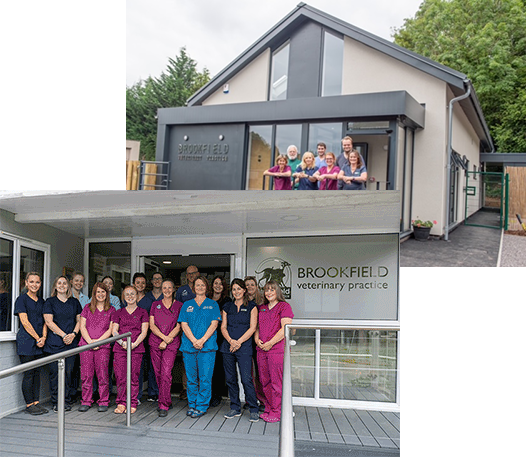Page not found
We're sorry the page you were looking for wasn't found or has moved, search our website:
Or take a look at our site map below:
We're sorry the page you were looking for wasn't found or has moved, search our website:
Or take a look at our site map below:

We are proud to announce that we have recently been awarded the RCVS Client Care Award, recognising our commitment to delivering exceptional care and service to our clients. This prestigious award highlights the high standards we maintain and reflects our dedication to providing the best possible experience for every client.